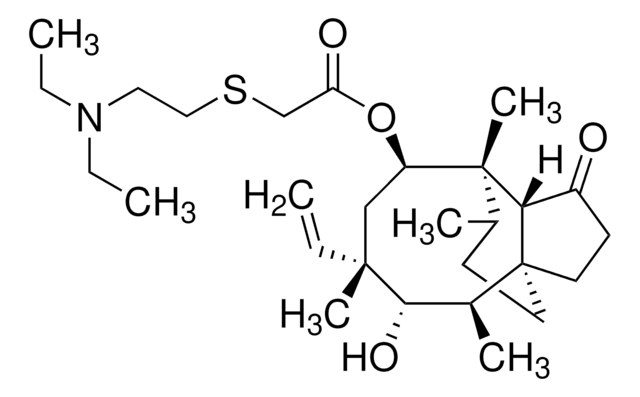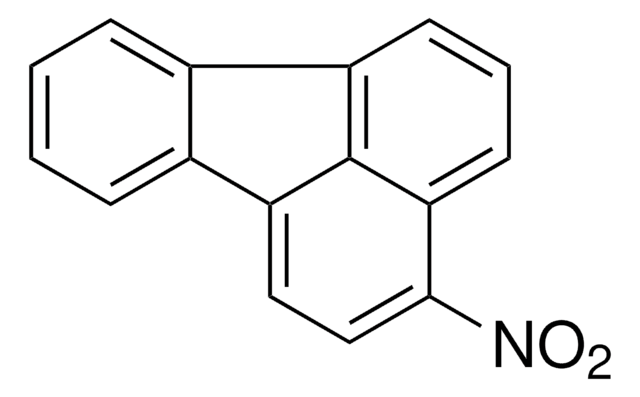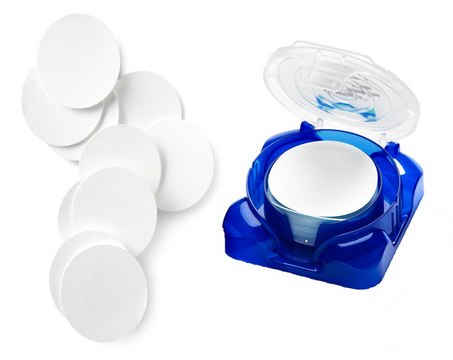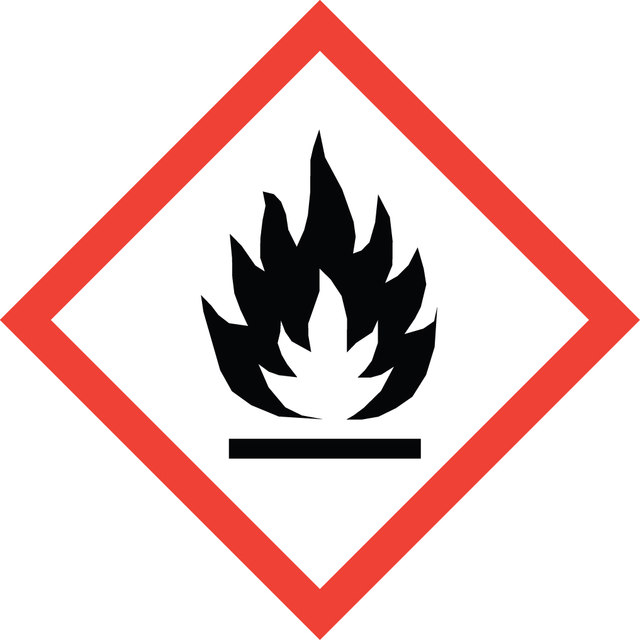RW1914250
MCE Membrane Filter, 1.2 μm Pore Size
Millipore, filter diam. 142 mm, hydrophilic
Synonym(s):
Reinforced Membrane Filter
About This Item
Recommended Products
material
mixed cellulose esters (MCE) membrane
plain filter
web cellulose membrane
white filter
Quality Level
description
142 mm diameter, mixed cellulose esters, 1.2 µm pore size, polyester web
feature
hydrophilic
manufacturer/tradename
Millipore
parameter
260 mL/min-cm2 water flow rate
70 °C max. temp.
diam.
142 mm
filter diam.
142 mm
thickness
200 μm
pore size
1.2 μm pore size
75 % porosity
1 of 4
This Item | RW1904700 | RW0604700 | RW0614250 |
|---|---|---|---|
| parameter 260 mL/min-cm2 water flow rate, 70 °C max. temp. | parameter 260 mL/min-cm2 water flow rate, 70 °C max. temp. | parameter 150 mL/min-cm2 water flow rate, 70 °C max. temp. | parameter 150 mL/min-cm2 water flow rate, 70 °C max. temp. |
| pore size 1.2 μm pore size, 75 % porosity | pore size 1.2 μm pore size, 75 % porosity | pore size 0.5 μm pore size, 75 % porosity | pore size 0.5 μm pore size, 75 % porosity |
| manufacturer/tradename Millipore | manufacturer/tradename Millipore | manufacturer/tradename Millipore | manufacturer/tradename Millipore |
| material mixed cellulose esters (MCE) membrane, web cellulose membrane, plain filter, white filter | material mixed cellulose esters (MCE) membrane, plain filter, web cellulose membrane, white filter | material mixed cellulose esters (MCE) membrane, plain filter, web cellulose membrane, white filter | material mixed cellulose esters (MCE) membrane, plain filter, web cellulose membrane, white filter |
| feature hydrophilic | feature hydrophilic | feature hydrophilic | feature hydrophilic |
| description 142 mm diameter, mixed cellulose esters, 1.2 µm pore size, polyester web | description 47 mm diameter, mixed cellulose esters, 1.2 µm pore size, polyester web | description 47 mm diameter, mixed cellulose esters, 0.5 µm pore size, polyester web | description 142 mm diameter, mixed cellulose esters, 0.5 µm pore size, polyester web |
General description
Features & Benefits:
•Prefilter with high dirt-loading capacity for greater throughput
•Non-shedding substrate will not unload fibers downstream
Applications:
Prefiltration Ahead of Sterilizing-Grade Filters
Application
Signal Word
Danger
Hazard Statements
Precautionary Statements
Hazard Classifications
Flam. Sol. 1
Storage Class Code
4.1B - Flammable solid hazardous materials
WGK
WGK 3
Certificates of Analysis (COA)
Search for Certificates of Analysis (COA) by entering the products Lot/Batch Number. Lot and Batch Numbers can be found on a product’s label following the words ‘Lot’ or ‘Batch’.
Already Own This Product?
Find documentation for the products that you have recently purchased in the Document Library.
Our team of scientists has experience in all areas of research including Life Science, Material Science, Chemical Synthesis, Chromatography, Analytical and many others.
Contact Technical Service![Benzo[a]pyrene ≥96% (HPLC)](/deepweb/assets/sigmaaldrich/product/structures/253/820/be96d879-1811-46c0-8f11-612019691c2d/640/be96d879-1811-46c0-8f11-612019691c2d.png)

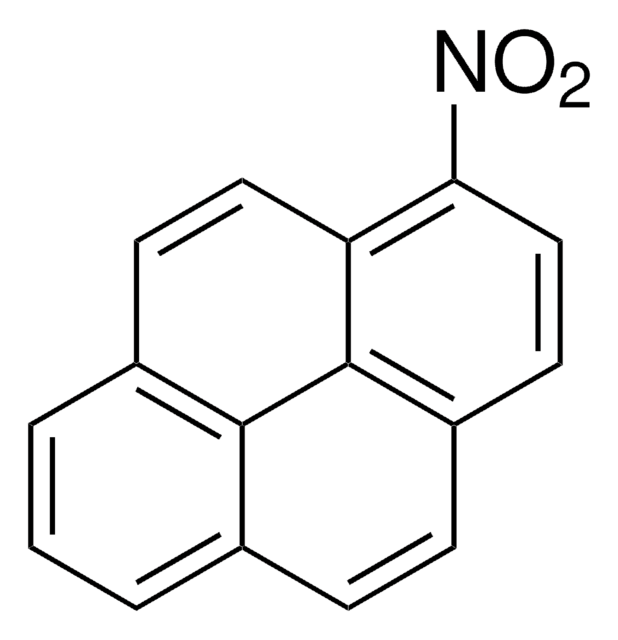
![6-Nitrobenzo[a]pyrene BCR®, certified reference material](/deepweb/assets/sigmaaldrich/product/structures/171/174/0d276831-8604-4a0e-96f0-36fe2fd87f0a/640/0d276831-8604-4a0e-96f0-36fe2fd87f0a.png)
![Indeno[1,2,3-cd]pyrene certified reference material, TraceCERT®, Manufactured by: Sigma-Aldrich Production GmbH, Switzerland](/deepweb/assets/sigmaaldrich/product/structures/231/153/b0b230c2-efa0-4f43-a261-66b931ead3d2/640/b0b230c2-efa0-4f43-a261-66b931ead3d2.png)

![Benz[a]anthracene 99%](/deepweb/assets/sigmaaldrich/product/structures/351/486/b3ddf157-a732-4ef8-83f0-c70a53404cb2/640/b3ddf157-a732-4ef8-83f0-c70a53404cb2.png)
